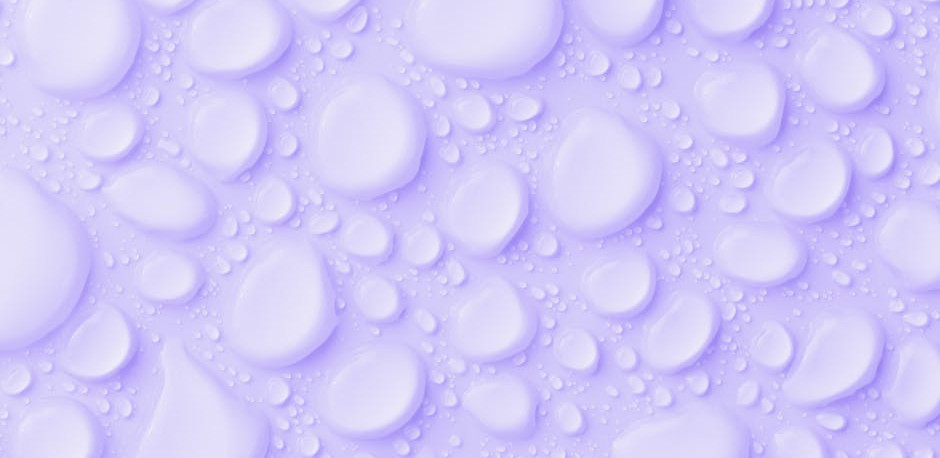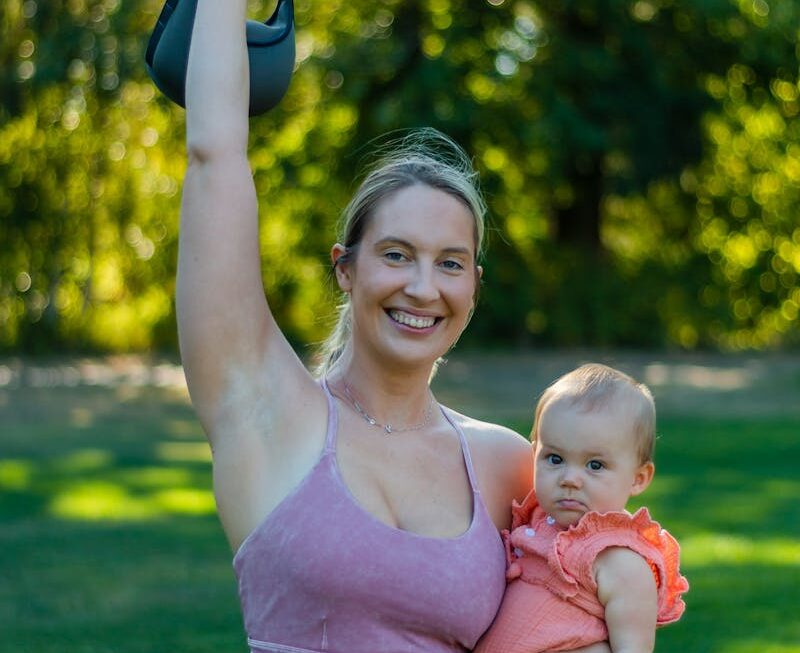
When the word incontinence is mentioned following delivery there is this sinking feeling that envelopes the room that if you haven’t heard the word before you automatically will realize that something devastating has occurred to you.
Incontinence simply is the involuntary leakage of urine from your vagina when you cough, laugh or sneeze as a result of a problem following your (most commonly) vaginal birth. It can also occur with a Cesarean delivery.
Postpartum incontinence of any form is devastating to not just the mother but to the whole family, the doctors and the nurses and the other healthcare givers.
How Postpartum Urinary Incontinence Develops
Weakened Pelvic Floor- The weight gain of pregnancy and the increasing weight of your baby has a weakening effect on the pelvic floor. The process of your vaginal birth has an added effect on the muscle tone of the pelvic floor muscle and all these combine to render the pelvic floor weakened and results in leakage of urine following delivery.
Postpartum Uterus- Following the birth of your child the uterus is at the level of the umbilicus and it is sitting on top of the bladder and as the bladder fills up the added weight of the uterus on it causes pressure on the urethra pushing it below the pelvic floor and making you to leak urine.
Large Babies and Multiple Pregnancies – These are other factors that are implicated in the development of postpartum incontinence. They work through the excessive load on the pelvic floor predisposing to incontinence.
Hormonal Effect – The hormones of pregnancy especially progesterone has a relaxing effect on the tissues and smooth muscles and sphincters of the urethra and bladder and this makes these structures not to function optimally leading to leakage of urine postpartum with the altered hormonal balance of the pueperium.
Difficult Deliveries – When you have had a difficult delivery that entails prolonged periods of pushing to deliver your baby or where vacuum or forceps deliveries have been conducted, you have an increased chance of having an incontinence because of the pelvic injury associated with these manoeuvres.
Multiparity – When you have had frequent and multiple vaginal deliveries you run the risk of leakage of urine as the muscles and the ligaments and tissues are weakened by the frequent pushing associated with each of the labor processes.
Age and Obesity – Women over the age of 35 and those who are obese are at greater risk of developing postpartum incontinence.
Vaginal Birth – The process of vaginal birth itself has been shown by many investigators to be responsible for urinary incontinence especially the first vaginal birth. This is as opposed to Cesarean delivery which markedly reduces the risk of incontinence.
Types Of Incontinence
There are three types of urinary incontinence
Stress urinary incontinence – This is the common postpartum urinary incontinence that results in the leakage of urine when you cough, sneeze or laugh or when you engage in a physical exercise like running or jumping following delivery.
Urge urinary incontinence – This is a sudden uncontrollable urge to urinate that results in leakage on the way to the lavatory. It is more common in the elderly and not necessarily linked to delivery.
Mixed incontinence – This is a mixture of both stress and urge incontinence. It results especially when there is a superimposed infection on a stress or urge urinary incontinence.
Managing Postpartum Urinary Incontinence
Postpartum urinary incontinence cannot just disappear on its own and can in fact get worse if you do not do anything about it. What measures you take will depend on the severity of the symptoms you are experiencing, the type of incontinence you have as diagnosed by your doctor, how it affects your daily activities and whether there are added co-morbidities.
It can actually take you from 3 months to 6 months to recover from the effect of urinary incontinence. Sometimes the problem can last longer and can assume a chronic condition staying with you for protracted periods. There are steps you can start implementing immediately in your postpartum period to regain your bladder control.
Simple Lifestyle Changes-
- As much as possible avoid the intake of alcohol, carbonated drinks and caffeine containing items – These cause the bladder to be irritable causing you more smooth muscle spasms and contractions than necessary worsening your leakage.
- Weight loss is paramount if you are obese as the weight reduction reduces the impact on the pelvic floor helping ease the pressure on the pelvic floor.
- Smoking is clearly avoided as nicotine causes smooth muscle spasm affecting the bladder and leading to bladder irritability worsening incontinence. It is also associated with chronic cough that leads to increase in intra abdominal pressure affecting the pelvic floor as you cough.
Kegels Exercises-
Your pelvic floor is strengthened when you do kegels or pelvic floor exercises. This is a simple exercise that can be performed several times in a day anywhere you are.
In a nutshell you can stop the flow of your urine for between 5 to 10 seconds by contracting your pelvic floor muscles, hold your urine for this duration and then you continue to urinate again. Start gradually and extend the duration of the holding for increasing benefit. This you can do several times in a day. Kegels is a wonderful means of managing incontinence on your own.
Bladder Training-
You should practice timed voiding of urine. You can start with voiding every 30 minutes before you have the urge and then gradually extend the time interval between voiding. This trains your bladder musculature to behave well and hold urine for longer duration. It also has a positive impact on your urethral sphincter.
Incontinence Pads-
Incontinence pads help absorb the leaking urine while you work towards a cure for your incontinence. These are temporary measures in the immediate postpartum period while you work with your healthcare providers towards finding a lasting solution to your incontinence. They come in various shapes and sizes and they tide you over during activities that lead to leaks. Avoid tampons.
Devices–
A silicone vaginal ring pessary is inserted into the vagina to help lift up the bladder and urethra and also offers rectal support It helps to control incontinence. It can be inserted in the morning and removed at night or left permanently in place especially if incontinence coexists with other pelvic pressure complaints.
A surgically inserted bladder sling can also be used to treat incontinence but this is not advisable especially when further vaginal births are anticipated as pregnancy will disrupt the sling.
A Visit To The Doctor-
Always seek the opinion and advice and direction of your doctor for management of your incontinence postpartum. They will be able to advice on the most effective treatment plan and also help you to rule out more serious problems like uterine prolapse cystocele and urinary tract infection.
How To Prevent Incontinence
The single most important way to prevent postpartum in continence is to protect your pelvic floor during pregnancy. It is sad that this preventive education for pelvic floor health is not taught at the antenatal class as this will help to highlight this common postpartum event that affects 1 in 3 women who deliver vaginally.
This can be done by
Engaging in specific targeted exercises for the pelvic floor so long as exercise is not contradicted in your pregnancy
Avoid high impact exercises like jumping or doing ropes that adds to the strain of the enlarging baby and abdomen with its pressure effect on the pelvic floor
Engage in core building exercises like yoga while avoiding those that affect the transverse abdominal muscle like the planks and sit-ups as originally pregnancy separates the transverse muscle.
Avoid urinary tract infections (UTI) both antenatally and postnatally as infections worsen the prognosis of postpartum incontinence and untreated UTIs antenatally predispose to incontinence postpartum.
A World Of Peace
Having a baby should not be a reason to accept peeing in your pants as a norm. When you feel happy as a new mother and you laugh, the joy and laughter turns to sadness and heartache with the urinary leak that follows immediately, spoiling your mood and making your life miserable. This is a normal daily scenario for a third of mothers both new and old and this is unacceptable.
With appropriate guidance and a tailored therapy you can beat postpartum incontinence.
You can do this by making appropriate use of prenatal preventive measures, getting involved in antenatal education about postpartum incontinence, starting early to institute measures to regain control of your bladder following delivery so you can ultimately go on to live a life that is commensurate with the joy of being a mother.
Dr mawa
mypostnatalmanagement.com

